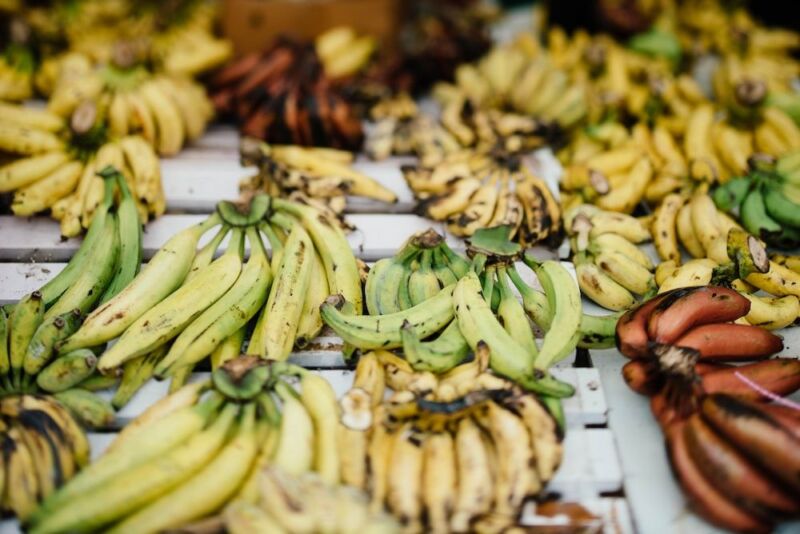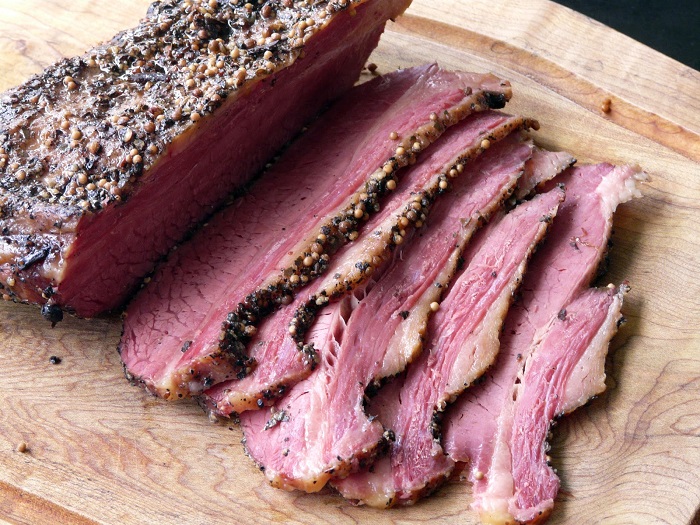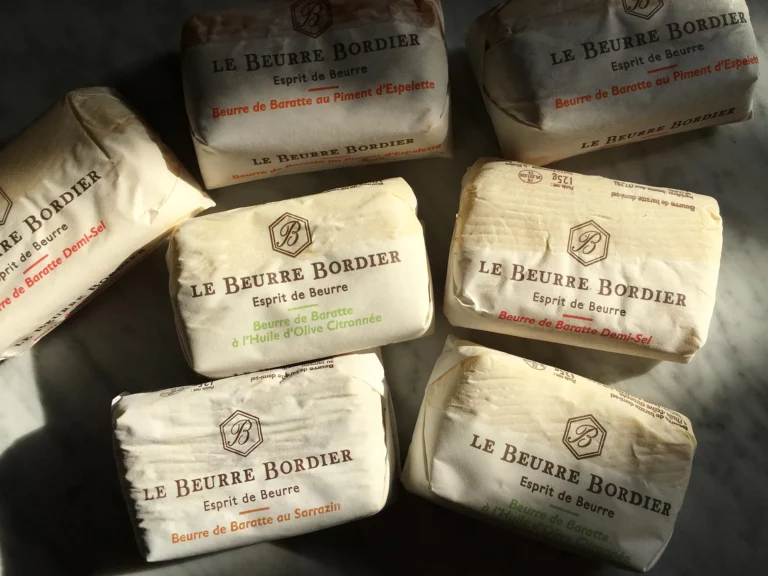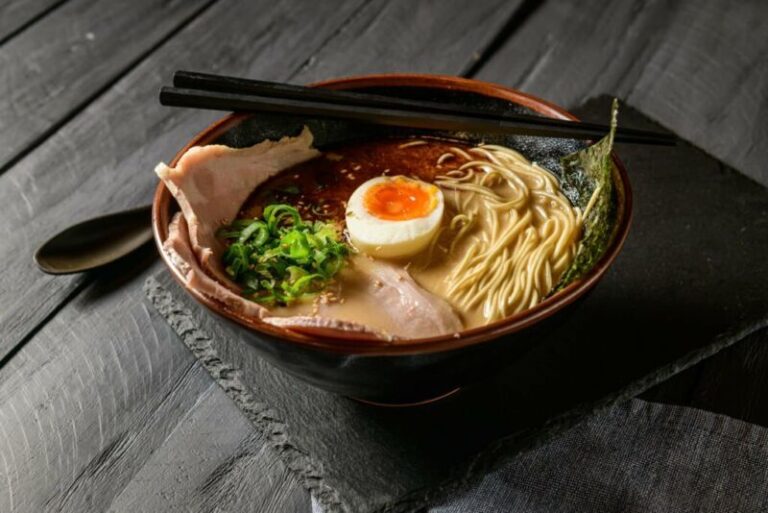Can You Freeze Plantains?
Plantains are a versatile and nutritious staple in many cuisines around the world. Their subtle sweet flavor and starchy texture make them ideal for both savory and sweet dishes. While fresh plantains are readily available in most grocery stores, many people wonder if you can freeze plantains for longer term storage and ease of use.
Freezing plantains is absolutely possible and offers several advantages. Properly frozen plantains maintain their texture and flavor well, allowing you to enjoy their benefits without pressure from spoilage. Read on to learn all about freezing plantains, from purchasing and prepping to thawing and cooking recommendations.
An Introduction to Appealing Plantains
Known as “cooking bananas,” plantains offer a highly satisfying ingredient for meals and snacks. Their energy-providing carbohydrates and fiber content make them a nutritionally sound choice. Ripe plantains have a sweetness that balances well with spices, meats, vegetables, and other ingredients.
Compared to regular bananas, plantains contain more complex carbs and less sugar, which helps stabilize blood sugar. The fiber they provide also promotes digestive health. In addition, plantains supply vitamins A, C, and B6, along with minerals like magnesium and potassium.
With their stellar nutritional profile, plantains can play a central role in healthy, plant-based eating. They contain antioxidants and may even help prevent colon cancer due to their fiber content.
All About Plantains: Nature’s Versatile Cooking Fruit
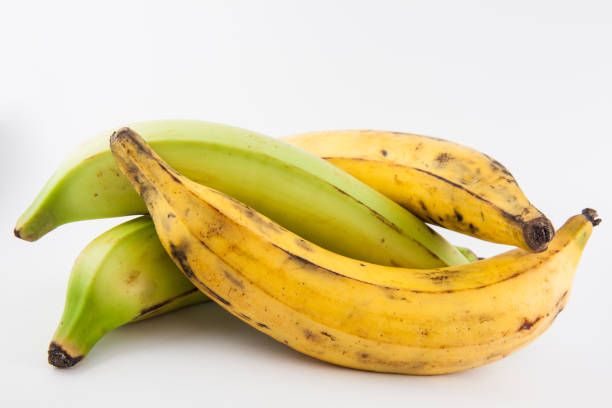
Plantains resemble bananas but have some distinct differences. They are larger with a thicker skin that starts off green and ripens to yellow and black. Plantains cannot be eaten raw like bananas; they need to be cooked before eating.
The starchier content of plantains lends itself well to being fried, baked, boiled, or grilled. When raw, they are very firm and dense. As they ripen, the starch converts to sugar, making them sweeter and softer.
In addition to dietary fiber, plantains provide:
- Vitamin C
- Vitamin A
- Potassium
- Magnesium
- Vitamin B6
Thanks to this nutritional richness, plantains can play many culinary roles. Though technically considered a fruit, their versatility is similar to starchy vegetables like potatoes. They work well in both sweet and savory dishes across various world cuisines.
Popular ways to enjoy plantains include:
- Fried green plantain chips
- Mashed plantains
- Baked plantain slices
- Sweet plantain porridge
- Plantain tacos, burritos, or tostones
Purchasing Plantains and Proper Storage
In the U.S., most mainstream grocery stores carry plantains in the produce section near other tropical fruits. They are also common in Latin American, Asian, and African specialty markets.
For plantains that need ripening, choose fruits that are mostly green with some yellow/black coloring. Ripe, yellow plantains are good for immediate use. Avoid plantains with very dark patches or bruising.
Proper storage is important to extend fresh plantains’ shelf life:
- Leave plantains at room temperature to ripen.
- Avoid leaving them in direct sunlight, which speeds spoilage.
- Separate fruits that ripen at different rates.
- Once ripe, store plantains in the refrigerator to slow further ripening.
- Plantains generally last 1-2 weeks after purchase.
Cooking Methods for Plantains: A World of Possibilities

There are endless savory and sweet ways to prepare plantains as meals, sides, snacks and desserts. Different cooking techniques bring out varying textures and flavors.
Popular cooking methods include:
- Frying – Green, unripe plantains can be sliced and fried into crunchy chips or tostones. Ripe ones are also delicious fried.
- Baking – Slices of raw plantain are baked until tender and caramelized.
- Boiling – Boiled green plantains have a potato-like consistency. Ripe ones get soft and sweet.
- Griddling – Slices are cooked on a hot griddle or grill pan to create charred, smoky flavor.
- Mashing – Ripe plantains are mashed, mixed with spices and formed into savory patties or sweet cakes.
As a starchy side dish, plantains can sub for potatoes, yucca, or rice. They also make great tacos, burritos, fritters, porridge, and more. Ripe, sweet plantains shine in snacks like chips and desserts like flan.
Freezing Plantains for Lasting Freshness
Having extra plantains on hand often leads to waste if they spoil before you can use them. Freezing is the perfect solution for preserving a plantain surplus.
Key advantages of freezing plantains include:
- Avoiding food waste from spoilage
- Stocking up when plantains are in season or on sale
- Always having them ready for recipes instead of making special trips to the store
- Ability to separate portions for easy use straight from frozen state
Both raw and cooked plantains freeze well. Read on for step-by-step freezing guides based on the fruit’s ripeness level.
How to Freeze Raw Green Plantains
Follow these simple steps for freezing unripe, green plantains:
- Cut off both ends of the plantains and discard. The ends tend to be bruised and spoil quickly.
- Peel off the thick green skin with a knife. The skin will be too tough to bite through once frozen.
- Slice the plantains into rounds about 1/4 to 1/2 inch thick. Uniform thin slices freeze quicker and thaw more easily.
- Soak the slices in lemon juice for 2-3 minutes to prevent browning. Drain well.
- Arrange slices in a single layer on a parchment paper-lined baking sheet. Avoid overcrowding.
- Freeze the baking sheet of plantains for 2-3 hours until completely hard.
- Transfer frozen slices to an airtight freezer bag or container. Label with the date.
Follow this same process for firmer just-ripe yellow plantains. Riper versions may not hold their shape as well once thawed.
Freezing Soft, Sweet Ripe Plantains
Softer ripe plantains require a slightly different freezing method:
- Peel plantains and cut into desirable sizes based on planned uses. Chunks, slices, and lengthwise quarters all work.
- Spread pieces out in a single layer on a parchment-lined baking sheet. Make sure not to overcrowd.
- Freeze for 3-4 hours until completely hard.
- Transfer frozen plantain pieces to labeled freezer bags or airtight containers. Press out excess air.
- Return to freezer for long term storage.
This quick “flash freezing” process prevents ripe plantains from becoming mushy once thawed.
Freezing Cooked Plantains
You can also freeze cooked plantain dishes like:
- Mashed plantains – Prepare as usual then freeze in serving size portions. Thaw in the refrigerator overnight before reheating.
- Fried green plantains – Cool completely after frying then freeze in a single layer on a baking sheet before transferring to bags. Reheat directly from frozen in an oven or air fryer.
- Baked plantain slices – Cool baked slices completely before freezing in portion sizes. Reheat frozen slices in the oven or toaster oven.
Cooked plantains may last up to 3 months in the freezer before quality decline. Raw frozen plantains can keep 6-12 months.
The Amazing Versatility of Frozen Plantains
Freezing plantains allows you to enjoy their versatility in recipes all year long. Different ripeness levels and cooking methods yield an array of textures and flavors.
- Green, unripe plantains have a very firm texture that holds up well to frying, baking, and boiling. Their neutral taste balances spicy, complex dishes.
- Yellow plantains have a bit more sweetness while still retaining some firmness after thawing. They lend a mild fruitiness to both sweet and savory preparations.
- Black, fully ripe plantains are soft and supersweet. They work best in desserts, sweets, and smoothies rather than savory dishes.
Some delicious ways to use frozen plantains:
- Baked plantain chips
- Mash as a potato substitute
- Green plantain tacos with chicken
- Ripe plantain pancakes
- Savory green plantain soup
- Ripe plantain empanadas
- Maduros (fried sweet plantains)
- Plantain porridge with cinnamon
- Frozen plantain smoothies
The options are endless with frozen plantains on hand!
FAQs: Your Freezing Plantains Questions Answered
Freezing plantains is simple, but you may have some questions if you’re new to the process. Here are answers to some frequently asked queries:
How long do frozen plantains last?
Properly stored frozen plantains maintain quality for 6-12 months. Cooked plantains may start declining after 3 months. Portioning plantains in airtight bags or containers extends shelf life.
Can you refreeze plantains after thawing?
It’s best not to refreeze thawed plantains. Refreezing often causes texture and flavor changes. Only refreeze plantains if they are still completely frozen inside with no signs of thawing.
Do you need to thaw plantains before cooking?
Frozen plantains can be cooked directly from their frozen state. No thawing is required, though cooking times may be slightly longer. Adjust recipes as needed for frozen plantains.
Do plantains freeze well compared to other produce?
Yes, plantains freeze very well. Their firmness and low water content allows them to retain their quality during freezing. Other produce like avocados and tomatoes don’t freeze well. But plantains are just as freezer-friendly as bananas.
Enjoy the Convenience of Frozen Plantains
Freezing plantains at the peak of freshness lets you enjoy their sweetness, versatility and nutritional benefits for months after purchase. Follow the proper preparation steps for green raw, ripe or cooked plantains. Frozen plantains allow you to conveniently incorporate this healthy fruit into both everyday meals and special recipes.
So go ahead and stock up on plantains while they’re in season or on sale. With your freezer as a plantain pantry, you’ll always have a hearty side dish, simple snack or fun new recipe just a quick thaw away.
